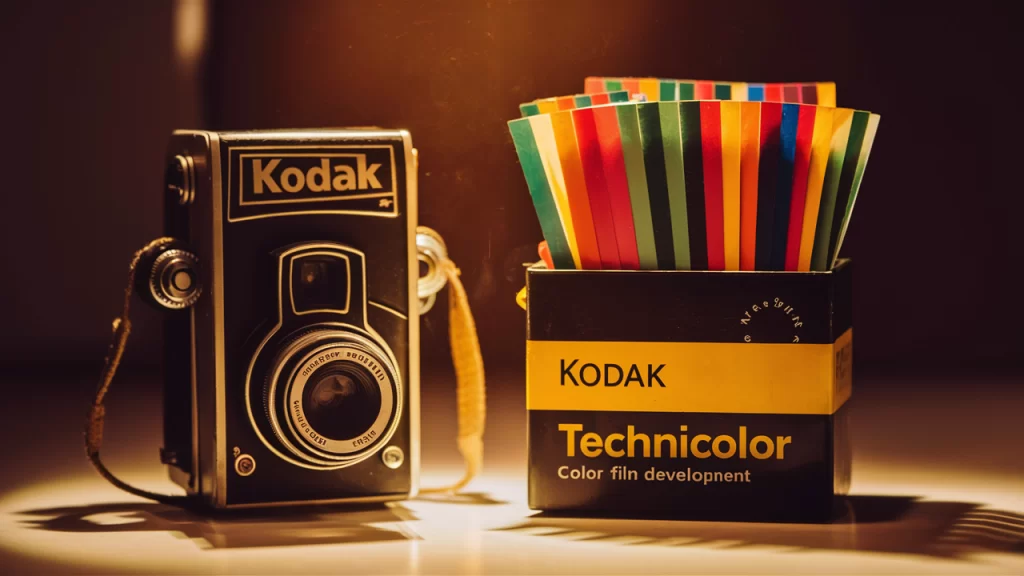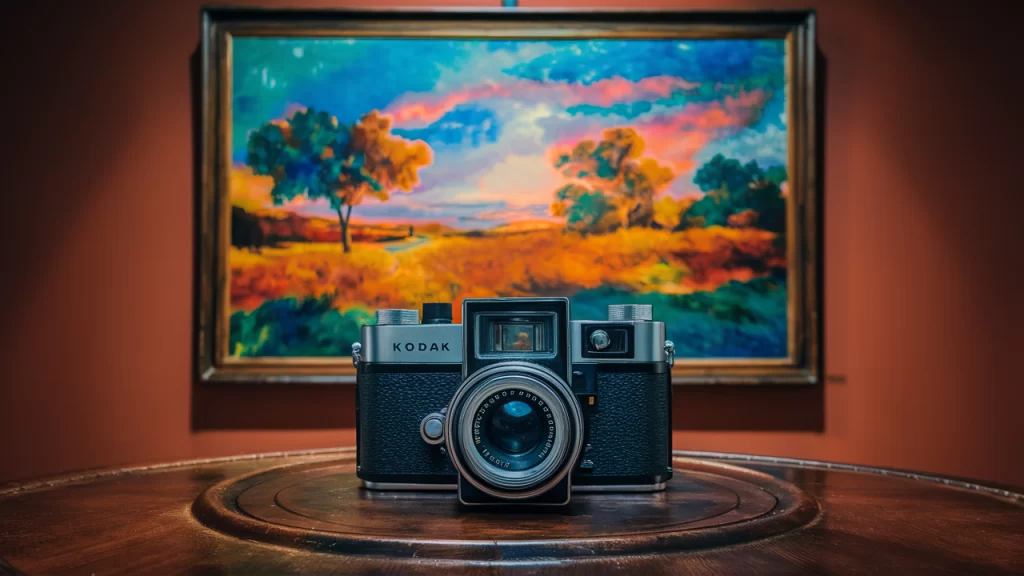Does Kodak Own Technicolor? The Shocking Truth Exposed
In the world of film and photography, two iconic names often come to mind: Kodak and Technicolor. These companies have been synonymous with the evolution of visual media for decades, each playing a pivotal role in shaping the industry. However, a question that frequently arises is: Does Kodak own Technicolor? The answer might surprise you. In this article, we will delve into the histories of Kodak and Technicolor, explore their connections, and uncover the shocking truth about their relationship. By the end of this article, you’ll have a clear understanding of whether Kodak owns Technicolor and how these two giants of the industry have influenced the world of film and photography.
The History of Kodak

The Rise of Kodak
Kodak, founded by George Eastman in 1888, revolutionized the photography industry with its simple-to-use cameras and affordable film. Kodak’s slogan, “You press the button, we do the rest,” became legendary, making photography accessible to the masses. Over the years, Kodak became a household name, synonymous with capturing life’s precious moments.
Kodak’s Influence on Photography
Kodak introduced numerous innovations, including the first digital camera, and dominated the film market for much of the 20th century. However, as digital technology advanced, Kodak struggled to adapt, leading to significant challenges in the 21st century.
Kodak’s Transition to Digital
In the late 1990s and early 2000s, Kodak began shifting its focus from traditional film to digital imaging. Despite pioneering digital photography, Kodak’s slow adaptation to the digital age led to financial difficulties, resulting in the company filing for bankruptcy in 2012. However, Kodak has since restructured and continues to operate in various imaging and printing sectors.
The History of Technicolor

The Birth of Technicolor
Technicolor, founded in 1915, is best known for its groundbreaking color motion picture process. The company’s name became synonymous with vibrant, high-quality color films, starting with classics like The Wizard of Oz and Gone with the Wind. Technicolor’s technology transformed the film industry, making it possible for filmmakers to create movies with stunning visual appeal.
Technicolor’s Impact on Cinema
Technicolor’s innovations allowed for richer, more vivid colors on screen, which captivated audiences and set new standards in filmmaking. The company’s technology was used in many iconic films, establishing Technicolor as a leader in the industry.
Technicolor’s Evolution
Over the decades, Technicolor evolved from a film processing company into a global leader in media and entertainment technology. The company diversified into various areas, including digital production, visual effects, and content distribution, expanding its influence beyond traditional film processing.
The Connection Between Kodak and Technicolor
Collaboration, Not Ownership
While Kodak and Technicolor are both giants in the visual media industry, it’s important to clarify that Kodak does not own Technicolor. Instead, the two companies have a history of collaboration rather than ownership.
Joint Ventures and Partnerships
Throughout the 20th century, Kodak and Technicolor worked together on several projects. Kodak supplied film stock for Technicolor’s color processes, and the two companies collaborated on various technological advancements in the film industry. However, this collaboration did not extend to ownership.
The Misconception of Ownership
The misconception that Kodak owns Technicolor likely stems from their close collaboration and prominent roles in the film industry. Both companies have been so integral to the development of film technology that it’s easy to assume one might own the other. However, they have always operated as separate entities.
The Current Status of Kodak and Technicolor
Kodak Today
After emerging from bankruptcy, Kodak has focused on new ventures in printing, packaging, and film production. The company continues to produce film for motion pictures, catering to a niche market of filmmakers who prefer the look of traditional film over digital.
Kodak’s Revival in Film
Interestingly, despite the rise of digital technology, there has been a resurgence in the use of film in Hollywood. Directors like Quentin Tarantino and Christopher Nolan have championed the use of Kodak films, helping the company maintain a presence in the industry.
Technicolor’s Global Reach
Technicolor, on the other hand, has continued to expand its global reach. The company has diversified into digital production services, visual effects, and content distribution, working with major studios around the world.
Technicolor’s Role in Modern Media
Today, Technicolor is involved in every aspect of media production, from pre-production to post-production, making it a key player in the entertainment industry. The company’s expertise in color technology remains unmatched, even as it embraces new digital formats. Click here read more information about Tech
The Shocking Truth Revealed
Kodak Does Not Own Technicolor
The shocking truth is that despite their close relationship and collaborative history, Kodak does not own Technicolor. The two companies remain independent, each pursuing its own path in the world of visual media.
Why the Misconception Persists
The misconception likely persists due to the significant roles both companies have played in the history of film and photography. Their shared innovations and partnerships have intertwined their legacies, but they have always been separate entities.
The Importance of Both Companies
While Kodak and Technicolor may not be linked by ownership, their contributions to the film and photography industries are undeniable. Both companies have left an indelible mark on the world of visual media, shaping how we capture and experience images and stories.
In the end, the question of “Does Kodak own Technicolor?” has a clear answer: no, it does not. However, the relationship between these two companies is a fascinating example of how collaboration, rather than ownership, can drive innovation in an industry.
Whether you’re a film enthusiast, a history buff, or simply curious about the world of visual media, understanding the relationship between Kodak and Technicolor adds depth to the story of how our favorite films and photographs came to be. The next time you watch a classic movie or snap a picture, you’ll know just how these two companies have contributed to the rich history of visual storytelling.



